 ConnectedTravel is a company that caught the radio industry’s attention this spring when it announced agreements with station clusters in San Diego and Las Vegas to promote its HyperDrive Rewards mobile app to listeners. But the firm’s vision goes beyond apps as it seeks to find a place, along with radio broadcasters, in the fast-evolving connected car environment, for instance through a partnership with Honda.
ConnectedTravel is a company that caught the radio industry’s attention this spring when it announced agreements with station clusters in San Diego and Las Vegas to promote its HyperDrive Rewards mobile app to listeners. But the firm’s vision goes beyond apps as it seeks to find a place, along with radio broadcasters, in the fast-evolving connected car environment, for instance through a partnership with Honda.
Founded in 2016, ConnectedTravel puts technology right up front in its marketing. It says it offers cloud-based platform services that use artificial intelligence and machine learning, data fusion, behavior science and gamification technology to “capture, understand and drive consumers’ day-to-day mobile activities.”
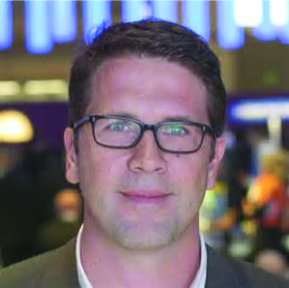
Radio World asked Bryan Biniak, founder and CEO of ConnectedTravel, to explain how this relates to radio.
Radio World: ConnectedTravel offers what it describes as a “driver and passenger location-based application services platform and business that serves the automotive ecosystem on a SaaS basis.” Briefly, why should radio entities be interested?
Bryan Biniak: ConnectedTravel’s platform is enabling auto OEMs to make radio FM broadcast, streaming and podcast programming actionable, transactable and attributable. Drivers and passengers can engage in programming and advertising by voice when they are driving, enabling them to instantly buy what they hear, which fundamentally changes the commercial opportunity for advertisers in vehicles.
RW: Reading about your company in media coverage, a word that jumps out at me most is “gamify.” Why would gamification matter to radio executives and technology managers reading this?
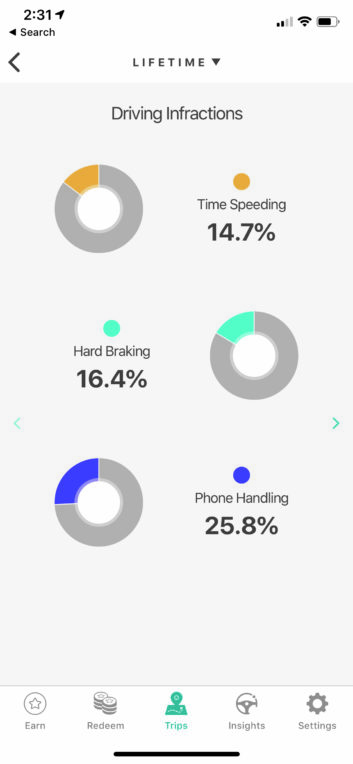
Biniak: ConnectedTravel built a points-and-rewards solution that is utilized by auto insurance companies to gamify driving, turning safe, undistracted driving into a game. The application, HyperDrive, challenges drivers to not speed, not use their phone while driving, reduce hard braking, leaving early or on time for driving routines and most importantly to use the app every day.
We have connected this to the radio audience and are working to establish a direct connection between drivers and listeners to gamifying listening, engagement and the retail funnel.
RW: Tell us about your partnership with Honda and how you envision this affecting the radio industry.
Biniak: ConnectedTravel built an infotainment, commerce, advertising and rewards platform for Honda and Acura vehicles that it will operate on behalf of Honda. This includes working with content partners, application developers, retailers, advertisers and brands to provide compelling, engaging and profitable services to drivers and riders.
This includes enhancing the radio experience in vehicles, making it measurable, actionable and transactable. It also includes influencing the next generation of programming and advertising in the car as it becomes contextually personalizable for each and every trip. When a driver can buy what they hear by voice in real time without taking their hands off the wheel, the fundamentals of radio change exponentially.
RW: What features or benefits does Honda Dream Drive offer to drivers?
Biniak: For the driver, we bring a voice UI and payments to radio, enabling them to safely and conveniently engage what has been a passive, linear medium to date.
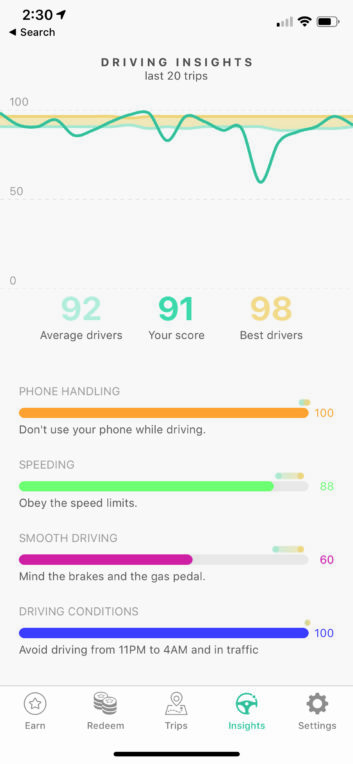 For the passenger, they have the ability to control the tuner, audio sources and channels from their smart device and not have to rely on the driver.
For the passenger, they have the ability to control the tuner, audio sources and channels from their smart device and not have to rely on the driver.
RW: Forbes reported in January that Honda said “nothing was definite, including production years.” Can you update us on the status of the relationship?
Biniak: We have started the final step before production, which is commercial testing with consumers and Honda employees.
RW: When you talk with radio organizations, what action or commitment are you looking for from them?
Biniak: Honda and ConnectedTravel are focused on collaborating with radio organizations that are willing to roll up their sleeves, lead the market and collaborate to develop, deploy, test and commercialize these next-generation services.
RW: A lot of people agree that “voice” is crucial to the car ecosystem, but can you specify what “voice” means to you, exactly, and again why radio should care?
Biniak: To date, distracted driving concerns and laws have prevented radio from providing an engagement interface that makes it competitive with online and mobile devices. Voice bridges that moat and provides an interactive interface into programming and the drive is then measurable in real time.
RW: You have an app project called HyperDrive Rewards, and said Beasley Media in Las Vegas and Local Media in San Diego are involved. How does it work to discourage distracted driving?
Biniak: HyperDrive is an iOS and Android application that consumers download to their smartphone. The application learns about consumers’ daily driving habits including when, where and why users speed, their phone handling while driving, hard braking incidents and more. It then dynamically offers AI-based challenges to users in order to help them sustainably change their behaviors, making safe driving a part of their daily routines.
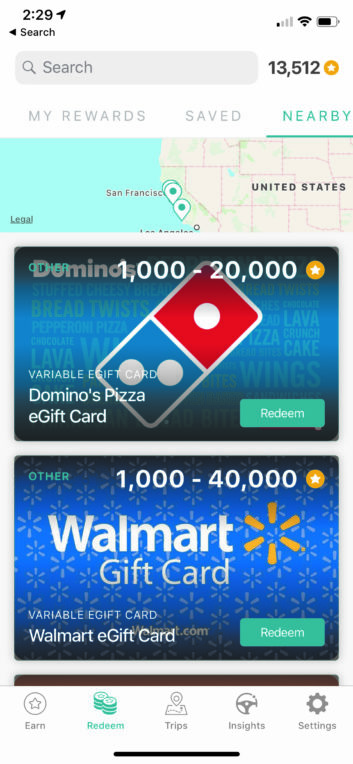 We are able to see in real time the impact of the experience while consumers are driving their vehicles. The points they received for improving their driving can be redeemed with other rewards programs, or directly for free and discounted services at local and online retailers. These retailers include Walmart, Target, AMC Theaters, Starbucks, Amazon, Apple, Best Buy, Burger King and Home Depot.
We are able to see in real time the impact of the experience while consumers are driving their vehicles. The points they received for improving their driving can be redeemed with other rewards programs, or directly for free and discounted services at local and online retailers. These retailers include Walmart, Target, AMC Theaters, Starbucks, Amazon, Apple, Best Buy, Burger King and Home Depot.
RW: In your own career you worked in the in-car media space at Nokia. What did you learn there that is informing your involvement with ConnectedTravel?
Biniak: In 2011, my team built a mixed reality game for cars with DreamWorks Animation call Dragons Adventure World Explorer that leveraged telematics data from vehicles, telemetry data from phones and mapping data from HERE, which Nokia owned. This was our first experience with building application services for vehicles.
Additionally, I was responsible for Nokia’s global developer ecosystem including the Nokia App Store in 190 countries, application and content development for the 1.5 billion consumer features and smartphones that were in the market and helping to drive commercial success for the companies developing applications for Nokia devices.
In many respects, the emerging connected vehicle marketplace is very similar in that we need to develop compelling, profitable applications and services for drivers and passengers to drive new revenue streams for auto OEMs beyond what we called, in the mobile phone world, “hardware.”
RW: Speaking about the connected car more generally, what role do you see for radio organizations in a 5G, fully connected future in the car?
Biniak: The opportunity for radio is truly dependent upon whether or not they want to be the driver or the passenger in the future.
Today, radio owns the relationship between advertisers, drivers and passengers in the vehicle. Voice, payments, applications, ATSC3.0, etc. will bring a whole new world of opportunities and experiences into the vehicle cabin and thus consumer choices. Owning drivers’ time, attention, money and data will become increasingly more important and competitive.
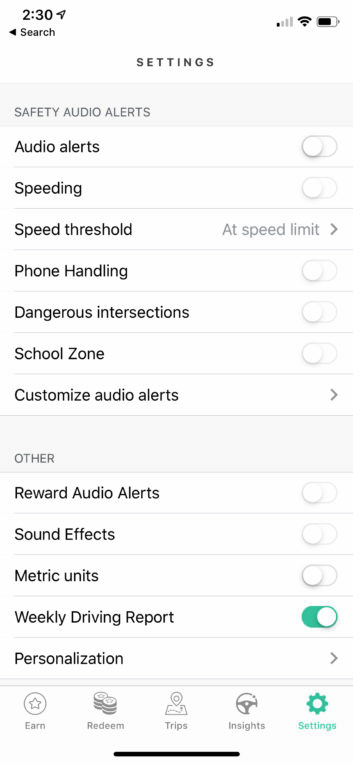 In addition, movie studios, TV networks, game publishers, sports leagues, travel companies, event producers, restaurants, news producers, social networks and retailers will all be looking to become the daily commute companion. The question radio organizations must ask themselves is what will be their role in this new world and where in the food chain will they play.
In addition, movie studios, TV networks, game publishers, sports leagues, travel companies, event producers, restaurants, news producers, social networks and retailers will all be looking to become the daily commute companion. The question radio organizations must ask themselves is what will be their role in this new world and where in the food chain will they play.
Will radio continue to own the vehicle ad platform and make it extensible to new players, or will they concede the car to someone else and then sit on their platform? One must also keep in mind that the definition of an ad will change once they become actionable and transactable.
RW: Since you started talking about ConnectedTravel to the industry, what you learned about radio that surprised you?
Biniak: We have been pleasantly surprised by how nice people are in the radio industry. It’s like a small town where everyone knows each other, is passionate about and looks after the town and each other, and works tirelessly to address the changes taking place in the world around them.
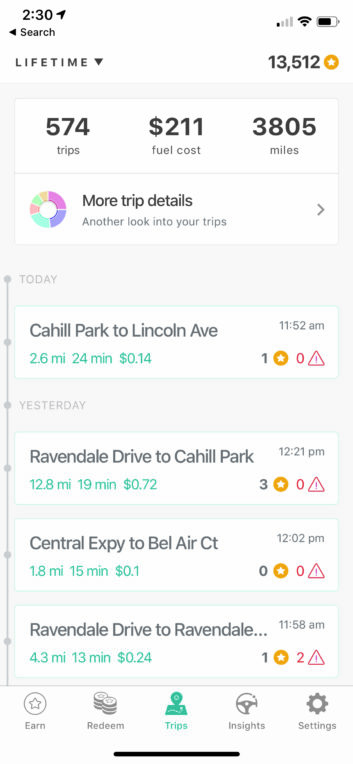 We have learned that despite common motivations, the challenges are complex. Particularly when the broadcasters aren’t industry partners but commercial competitors fighting for listeners’ ears, times and advertiser dollars.
We have learned that despite common motivations, the challenges are complex. Particularly when the broadcasters aren’t industry partners but commercial competitors fighting for listeners’ ears, times and advertiser dollars.
RW: What else should we know?
Biniak: Data will bring incredible insight to the radio industry. It will also bring transparency and accountability that fundamentally changes the expectations advertisers have for stations. The industry won’t be analyzing 30-day-old listening data. They will be looking at data in real time, and they will access to listeners that will enable them to change and manage the future. There will be the equivalent of a Bloomberg trading terminal for vehicles, drivers and passengers and, like sophisticated hedge funds, algorithms that will change the market in milliseconds.
The relationship between a station and their listeners will be more important than ever. The value of extending, expanding and deepening that relationship will provide the highest ROI.
When Nokia sold to Microsoft for $8 billion, there were 1.5 billion people on the planet that owned a Nokia phone. Nokia did not have a day-to-day, engaged relationship with those consumers because it sold phones to mobile operators, retailers and distributors versus consumers. Subsequently, Microsoft gave Nokia $0 value for those consumers in the purchase prices. To put it in perspective, WhatsApp sold to Facebook for $22 billion with 450 million subscribers who used their app an average of 29 minutes a day for messaging — 250 million of them on a Nokia phone.










